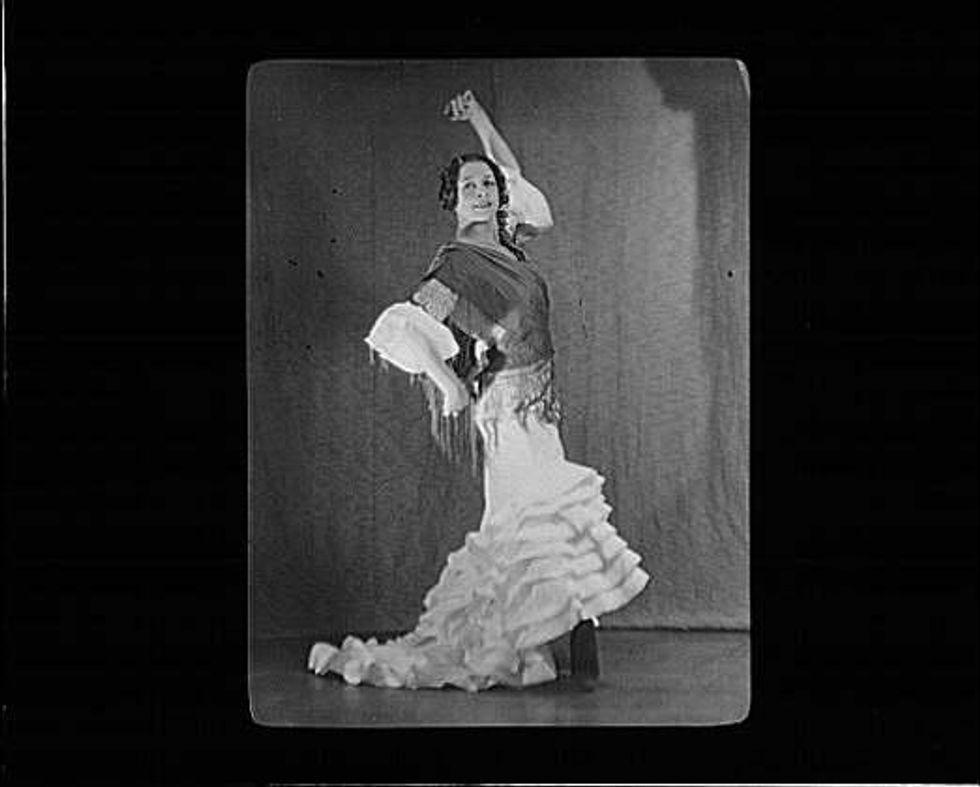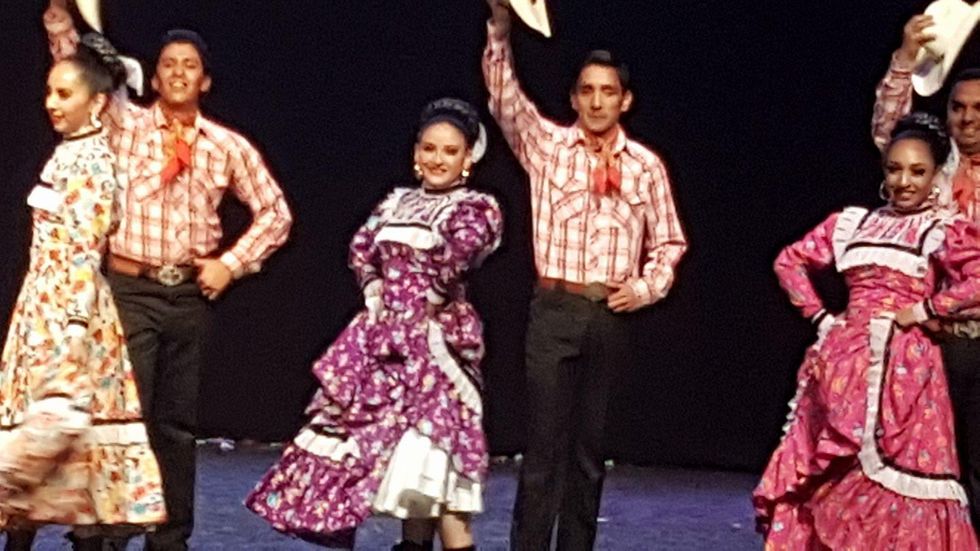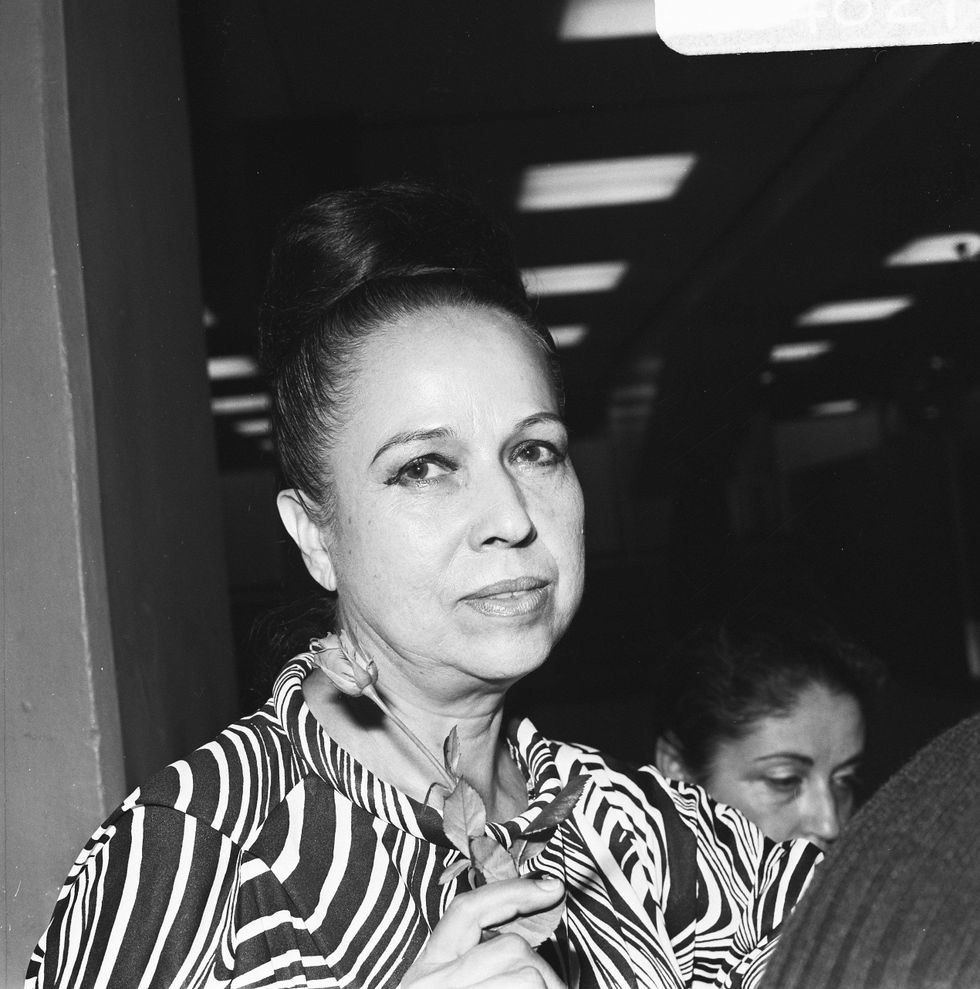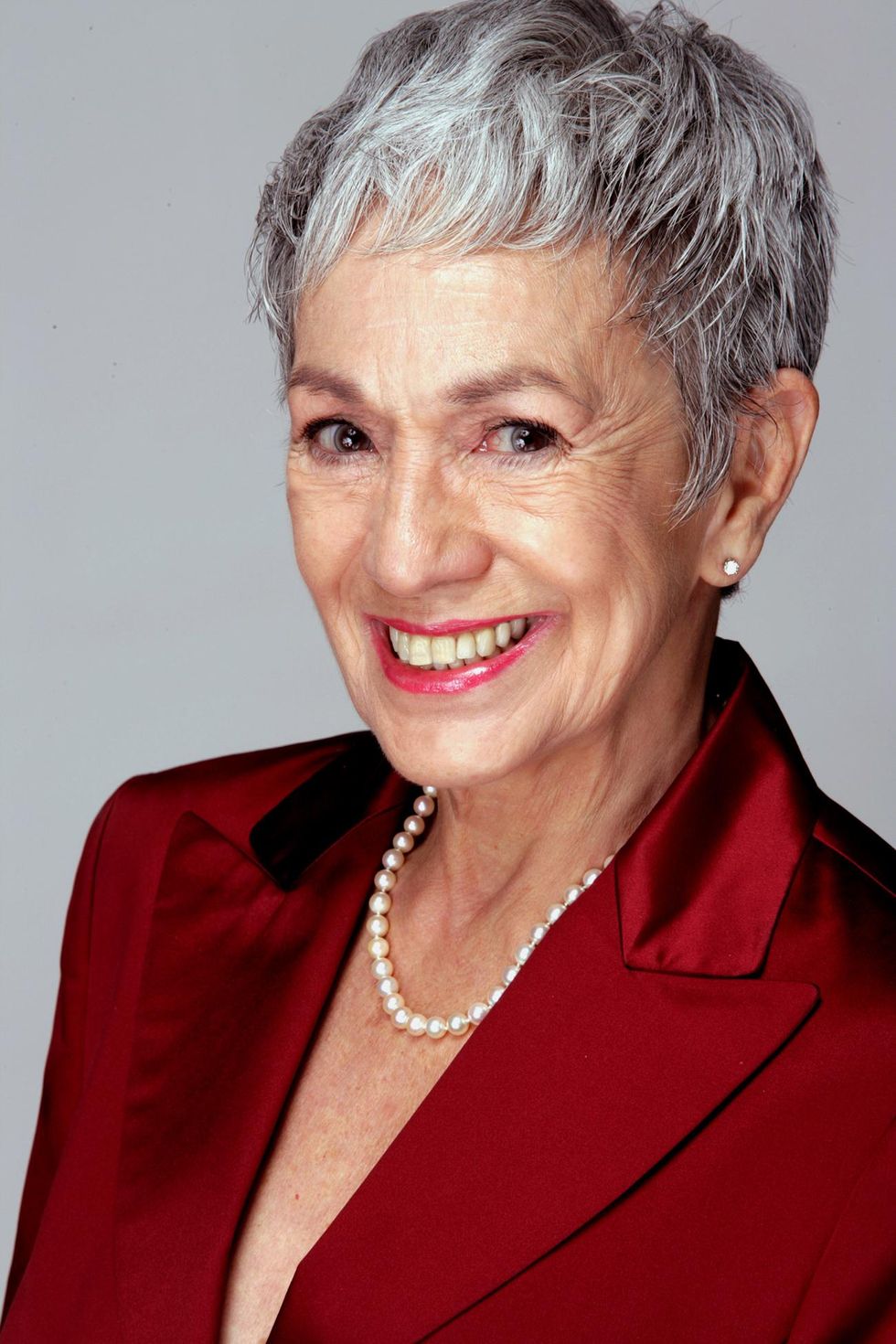3 Women Who’ve Brought Hispanic Dance to the World’s Stages
Hispanic dance—which includes a multitude of styles from flamenco to salsa, Mexican folk dance to Argentine tango—hails from a wide-spanning geography that includes Spain, Latin America and North America. A blending of diverse local and international influences has given each style a distinct character, technique and aesthetic with one common thread—they all have sazón (seasoning) sourced from the diverse traditions of Spain’s music and dance.
Over the past century, women have been key visionaries in bringing Hispanic dance into the canon of high art. In honor of National Hispanic Heritage Month, Dance Magazine is highlighting three of those influential female figures.

Antonia Mercé y Luque
(1890–1936), known professionally as “La Argentina,” is credited as the inventor of Spanish neoclassical dance, which incorporates classical ballet into flamenco and other traditional Spanish dance to create a new theatrical form. Born in Argentina, she arrived in Spain at age 6. She studied ballet with her parents and flamenco dance in Seville, debuting professionally as a child. Her intense musical and theatrical collaborations with members of the Spanish vanguard, such as Manuel de Falla and Federico García Lorca, propelled her to become an artistic symbol of contemporary Spanish dance and culture.
She moved to France, making Paris her home and artistic center. Although she was living outside of Spain, she was motivated by an ethnographic interest in her adopted home country. She toured the world, disseminating a new paradigm for Spanish dance performance as dance theater. By 1923 her name was commonly mentioned in the same breath with American dance pioneers Isadora Duncan and Loie Fuller. As a globally recognized dancer and choreographer, she received medals of honor from both Spain and France, and was referred to at her death as the “Flamenco Pavlova.”

Ballet Folklórico de México
Via Wikimedia Commons
Amalia Hernández
(1917–2000) was born in Mexico City and began dancing as a child. Hernández studied Indigenous rhythms, tap, modern dance, regional dance, Spanish dance, ballet and Asian dance, as well as anthropology. She was an accomplished classical and modern dancer. However, her strongest interests lay in Indigenous dances from the different regions of Mexico.

Amália Hernandez
Via Wikimedia Commons
Following her passion for regional dance, Hernández took on the challenge of bringing Mexican folklore to theatrical performance. In 1952 she founded her own small company, Ballet Moderno de México, which gained the attention of the Mexican Department of Tourism, leading to international tours. In 1959 the group adopted the name Ballet Folklórico de México. With 50 members, it emulated the grand style of the Ballets Russes. Today the company is known as the standard in Mexican Folkloric dance worldwide; many teachers of Mexican Folk dance in the U.S. hold certifications from Hernández’s school. The company has garnered international honors, such as the 1961 first prize at the Festival of Nations in Paris, and is in residence at the Teatro del Palacio de Bellas Artes in Mexico City.
Tina Ramirez
(1929–) was born in Venezuela, the daughter of a Mexican bullfighter and a Puerto Rican mother. Around age 7 she came to the U.S., where she began studying Spanish dance with Lola Bravo, ballet with Alexandra Danilova and modern with Anna Sokolow.
After performing professionally, including on Broadway and in film, she began teaching. She arranged performances for her students, forming Tina Ramírez Dancers. The success of her students led her to formally establish Ballet Hispánico in 1970 in New York City. The first of its kind, Ballet Hispánico is a contemporary ballet company that draws upon various styles of Latin dance and infuses those styles with contemporary ballet to create a unique fusion. The company has performed for more than 2 million people on three continents, with a repertory of over 70 works created specifically for the troupe by some of the world’s most acclaimed choreographers.
Ballet Hispánico, now led by Eduardo Vilaro, also houses a training program in ballet, modern and Spanish dance, among other styles, in New York City. In recognition of her enduring contributions to the field of dance, Ramirez has received various awards, including the National Medal of Arts in 2005, an honorary Doctor of Fine Arts degree from Juilliard in 2018 and the 2002 Dance Magazine Award.

Via Wikimedia Commons




